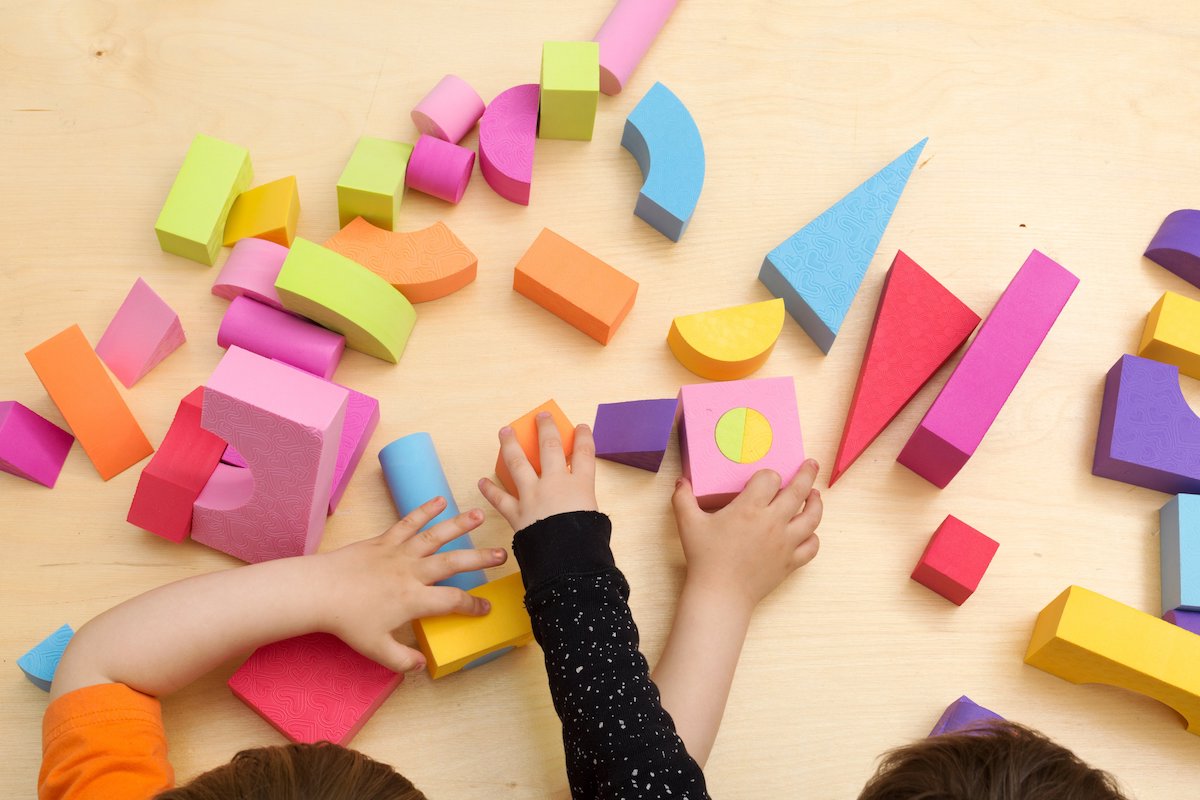
In the age of cell phones and social media, capturing attention is more difficult than ever before. And, maintaining student attention once harnessed is an entirely different challenge in itself. But since attention is key to successful learning, this is an obstacle that must be overcome.
What can educators do to create captivating lesson plans? These teacher-tested tips and ideas will excite, engage and motivate students to learn.
Why Capturing Attention Matters
Capturing and maintaining student attention isn’t just important for ensuring that students get good grades. It’s necessary to help them truly learn the subject matter at hand and also prepares them for skills they’ll need later in life.
Our ability to pay attention is influenced by a combination of factors, including attention, memory, interest and awareness, says developmental molecular biologist John Medina, author of “Brain Rules.” In order to remember something, we need to be interested in that idea, creating an emotional connection. In other words, creating experiences that capture and maintain student attention goes far beyond teaching.
Start The Day with Established Routines
Establishing routines for the start of the school day lets students know what’s expected and how to act, Stacia Levy, Ed.D. writes. A standard procedure helps students understand that they need to be come to attention when asked, sit in their seats by a certain time, prepared and ready to work. This can also help eliminate distracting behaviors such as being on their phones or talking during lessons.
A warm-up period is helpful too, says the team at Room 241. This time can be held at the beginning of class, and is an opportunity to review what was learned the day before and prepare to learn new material. Brainstorming, thinking aloud, reflecting on the past day’s work and predicting the content of the next lesson are all ways that students can get their brains into learning mode.
Mind breaks give students a bit of relief from a tough topic and help transition between units. Puzzles, for example, get students thinking in new ways, Riya Sander at Getting Smart writes. And since puzzles are games, students likely won’t feel as though they’re learning even when using essential problem solving skills.
In addition to helping students maintain focus between lessons or subjects, puzzles can also be used during the morning routine. It’s a way for students to socialize and think outside the box at the beginning of the day, which can help wake them up and get them engaged in the classroom.

Add Focus Activities and Attention Hooks
Every new activity or unit should be preceded with a focus activity, educator Shari Edwards writes at Scholastic.
“Research tells us that our brains seek out novelty and often ignore what they think they’ve already heard. That three- to five-minute portion of the lesson that focuses students on the topic might just be one of the most important parts of the lesson,” she says.
That means starting a unit with an unexpected and fun burst of knowledge can really attract students to learning more about the idea. One of Edwards’ favorite focus activities to hook students she calls The Tackle Box. This is essentially a container tools and props that can be used to introduce a new lesson. Whipping out an unexpected object can pique student curiosity and make them wonder how the new lesson is going to relate.
Other examples of warm-up activities that instill focus include crosswords, which can introduce new vocabulary, and pop quizzes, which can be completed in teams. These activities stimulate the brain and encourage creative, active engagement from the very beginning, explains Bronwyn Mortimer at education services provider Navitas. This also establishes a positive view of the lesson or activity, which can boost interest in the lessons to follow.
Neurologist and teacher Judy Willis agrees it’s important to draw student attention to a topic before it’s presented. She offers the idea of advertising for an upcoming unit with posters, clues or puzzle pieces in the days leading up to the first lesson. She says that this primes the reticular activating system (RAS) to choose which sensory input will be used for the lesson when it is revealed.
“The RAS is a virtual editor that grants attention and admission to things that have changed in the environment with priority to changes that signal threat. If the change is assessed as not threatening, the RAS focuses on sights, sounds, movements, smells, and other changes that provoke curiosity or are recognized as potential sources of pleasure.”
Stimulating the RAS builds anticipation and makes student brains eager to find out more about that particular concept or idea.

Try a Variety of Interactive Lesson Formats
Varying lesson and activity formats can keep students engaged. In particular, interactive lessons are much more engaging than standard lecture formats, education writer Janelle Cox says. With the jigsaw cooperative learning method, for example, students work in teams to complete a task.
Asking students to interact with each other in a hands-on environment keeps things interesting and engages them in critical content. These formats can change with individual and partner work to ensure students are exposed to a number of learning styles.
Similarly, creating a pro and con grid allows students to see a topic from different angles, Justin Raudys at elementary math learning platform Prodigy writes. He suggests having students create a pro and con grid, where they explore the advantages and disadvantages of a suitable issue related to a lesson you’ve covered.
There are a number of ways teachers can engage students on their responses. One idea is to have an open discussion about anonymous answers. For older students, you might ask students to explain their answers and back them up with reasoning and facts to create an analytical thinking activity.
Another idea for keeping the lesson interesting is to utilize different materials. “As teachers, it’s up to us to seek out new resources that may benefit our classes, and bringing technology into our lessons is a great way to motivate students,” says teacher trainer Cristina Cabal.
Since most of today’s students are more accustomed to looking at a screen than a book, it’s important to use visuals and colorful materials like flashcards and infographics. Plus, there are many online resources for finding and organizing these materials so that you can always keep things new without spending too much precious time.
Another idea is to have students to draw a picture related to the lesson. For example, you might ask students to sketch the bones of the hand after a unit on the human body, or to illustrate a character’s journey after reading a book. These assignments allow teachers see how students interpret the main points of a unit and organize information, says teaching and learning consultant Barbi Honeycutt, Ph.D. Plus, they’re an interesting addition to a book or lecture-based unit that might need a hands-on element to keep students engaged and attentive.
Images by: Tyler Olson/©123RF.com, Matthew Henry, Sarah Pflug


What do you think?